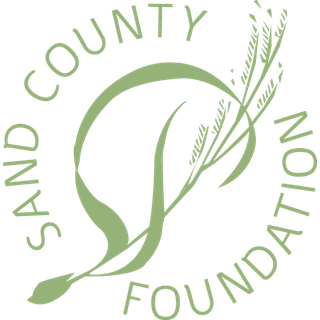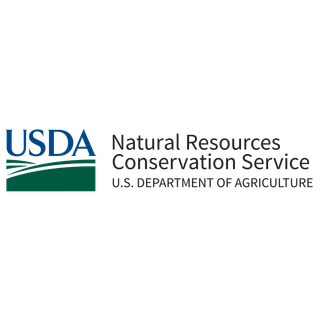May Ranch
“We understand that our ranch is not just a collection of land, plants, cattle, and wildlife,” says Dallas May, “but it is a community.”
Conserving that community in a sustainable way is a goal shared by Dallas and his wife Brenda, and the families of their grown children: Holly, Riley and Haley.
Intense development pressure on native grasslands cannot compete with the family’s desire to protect their land’s biodiversity. The Mays have partnered with wildlife and conservation organizations that share their land ethic. Their collaborations have improved water quality and quantity by restoring streams, wetlands, and eight playas. Managed grazing on grasslands, installation of wildlife-friendly fencing, native tree plantings, and expanded watering locations have produced a model of how livestock and wildlife can thrive together.
The wetlands on May Ranch provide an oasis for migratory birds. Beef from their grass-fed cattle is marketed with a “Raised on Bird Friendly Land” label as part of the Audubon Society’s Conservation Ranching Program. Forty years of selective breeding of registered Limousin cattle has produced cattle with traits complimentary to grasslands and a semi-arid climate. Audubon Society guidelines track the ranch’s environmental sustainability, and health, welfare and feeding of the cattle. It's just one way the Mays use third-party verifications to measure and manage conservation success.
Their property is monitored for rangeland health as part of an innovative carbon credit offset program that assigns a fair market value for sequestering carbon in the soil of grazing lands. May Ranch has hosted surveys of bird and botanical species, including when the Denver Botanical Gardens’ floristics team identified more than 90 plant species never documented in Prowers County. A conservation easement held by the Colorado Cattlemen’s Agricultural Land Trust ensures that May Ranch will never lose its wildlife habitat and conservation values. Off the ranch, Dallas serves on a variety of community, water, and conservation committees and boards, including the Colorado Parks and Wildlife Commission.
Prior to 1994 the May’s cropland was irrigated entirely by flood irrigation. Since then, irrigation sprinklers has vastly improved their water efficiency, allowing them to raise more crops with less water. The Mays purchase composted manure from area dairy farms as fertilizer to grow corn and alfalfa that is sold as feed for the dairies. Following the corn harvest, turnips, field radishes, and winter rye are planted as cover crops to benefit the soil.
Conservation’s impact on the May Ranch is seen in ways large and small. There’s the seven miles of Big Sandy Creek that runs through the ranch. While this tributary of the Arkansas River has been reduced to pools of water and remnant patches of wetland elsewhere, its entire reach across the ranch contains surface water and healthy wetlands. Then there’s what a botanical survey discovered. The Wright’s false willow is the host plant on which painted grasshopper nymphs can feed.
“Even though it seems disproportionate to compare grasshopper nymphs and the small area they inhabit to miles of wetland and riparian areas and all of the associated species in that large landscape,” Dallas May said, “both contribute significantly to the diversity needed for a healthy and thriving ecosystem.”
Whether it is the ecosystem, community, or ranch, it’s in good hands with the May family.
UPDATE: Fire tore through a Colorado ranch sanctuary. The humans are fine, but the damage is deep.
May Ranch near Lamar has transformed itself into a sustainable, nationally recognized conservation champion, home to endangered species. A wildfire threatens much of the gain. Read the full story at https://coloradosun.com/2022/0...











